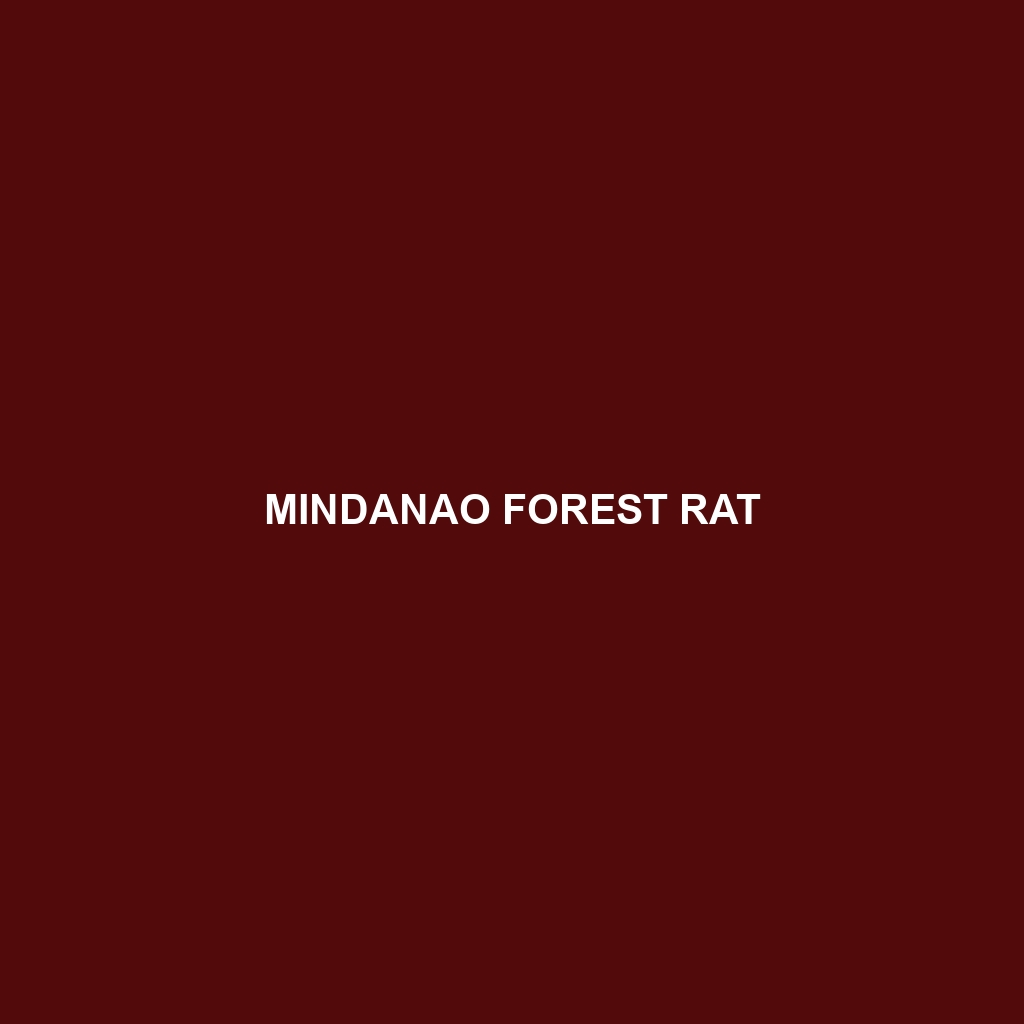Fraser’s White-toothed Shrew: A Comprehensive Overview
Common Name: Fraser’s White-toothed Shrew
Scientific Name: Crocidura grahami
Habitat
Fraser’s White-toothed Shrew is primarily found in the lush, temperate forests of eastern Africa, particularly within the regions of Kenya and Tanzania. It thrives in moist areas such as grasslands, shrublands, and forest edges, where the dense vegetation provides ample covering and a rich variety of insects. The Shrew prefers habitats with abundant leaf litter and underbrush, allowing it to forage and nest effectively.
Physical Characteristics
The Fraser’s White-toothed Shrew is a small mammal, typically measuring about 8 to 11 cm in body length, with a tail that adds an additional 6 to 9 cm. Its fur is a soft, grayish-brown color with a distinct white underbelly. Notable features include its elongated snout and sharp teeth, which are adaptations for its insectivorous diet. The small, beady eyes and sturdy limbs make it a nimble forager, well-equipped for navigating through its preferred habitats.
Behavior
This species is predominantly nocturnal, exhibiting high levels of activity during the night when it forages for food. Fraser’s White-toothed Shrews are known for their fast-paced movements and ability to quickly dig through leaf litter to uncover hidden insects. They communicate using a variety of sounds and also display territorial behaviors, often marking their territory with scent. Their solitary nature means they typically only come together to mate.
Diet
Fraser’s White-toothed Shrew primarily feeds on a diet consisting of insects, worms, and other small invertebrates. Common food sources include beetles, leafhoppers, and ants, which it hunts with great agility. This Shrew is an important pest controller in its ecosystem, as it helps to maintain the balance of insect populations.
Reproduction
The breeding season for Fraser’s White-toothed Shrew generally occurs in the warmer months, typically from late spring to early summer. Females can produce multiple litters each year, with each litter consisting of 4 to 6 offspring. The young are born blind and helpless, relying entirely on their mother’s care for the first few weeks of life. This prolific breeding capability allows populations to sustain themselves despite environmental challenges.
Conservation Status
Currently, Fraser’s White-toothed Shrew is classified as a species of Least Concern according to the International Union for Conservation of Nature (IUCN). While its population remains stable, habitat loss due to deforestation and agricultural expansion poses potential future threats to its environment.
Interesting Facts
– The Fraser’s White-toothed Shrew is closely related to other shrew species, making it a valuable subject of study in mammalian evolution and ecological roles.
– These shrews can consume food that is equivalent to their body weight in just a single day, showcasing their high metabolic rate and voracious feeding habits.
Role in Ecosystem
As a crucial insectivore, the Fraser’s White-toothed Shrew plays a vital role in its ecosystem by helping control insect populations. Its presence contributes to the health of the forest environment, promoting biodiversity and balance. Additionally, as prey, these shrews support a variety of predators within the food web, thereby maintaining ecological interactions.
